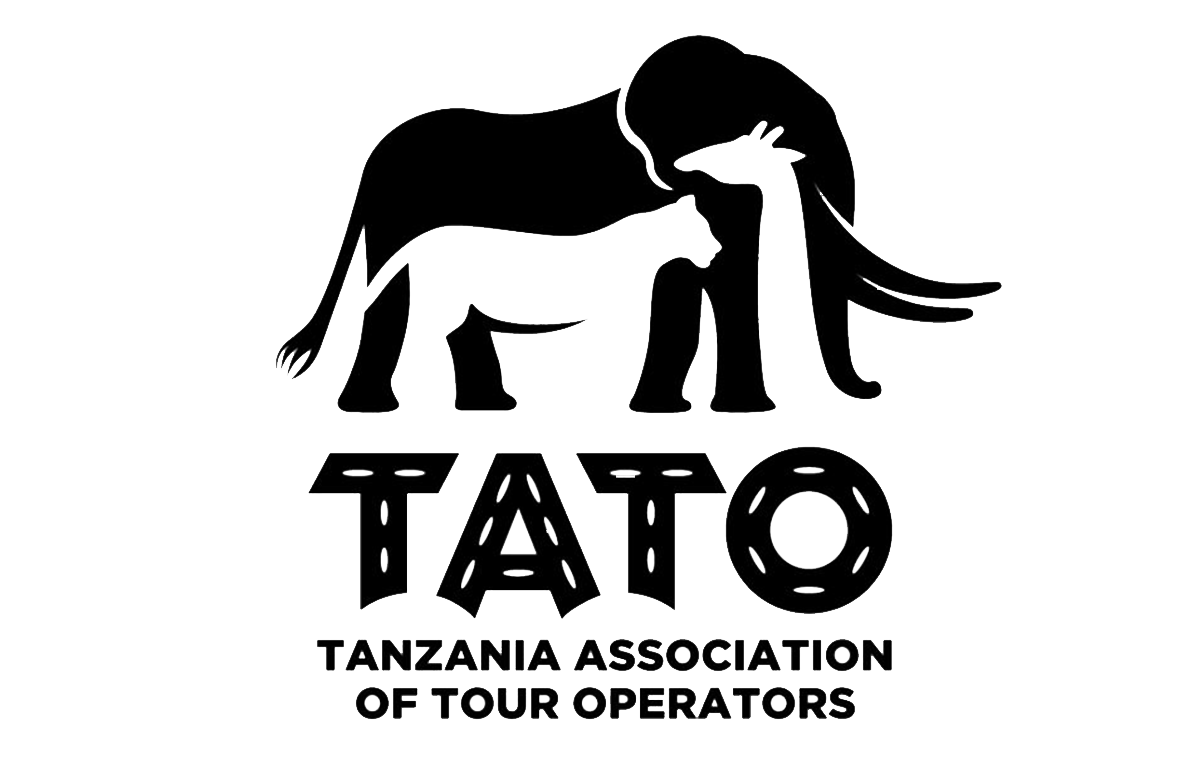- +255 748 384 340
- info@nduwatours.com
A million wildebeest each one driven by the same ancient rhythm ,fulfilling its instinctive role in the inescapable cycle of life, a frenzied three-week bout of territorial conquests and mating ,survival of the fittest as 40km(25 miles) long columns plunge through crocodile infested water in the annual exodus north, replenishing the species in a brief population explosion that produces more than 8000 calves daily before the 1000 km (600 miles ) pilgrimage begins again.
The Serengeti is one of the most famous parks in Africa and is synonymous with wildlife and classic African scenery. It is Tanzania’s oldest park and a Unesco World Heritage Site. It is home to the spectacular wildebeest migration and offers top-class wildlife viewing throughout the year.Maasai people called this park ‘Siringet‘, meaning endless plains. The Serengeti speaks for itself and with good reason not only the migration of over 1 million wildebeest through its plains and woodlands but also unique landscapes and other spectacular wildlife.
The Serengeti is home to the world’s largest populations of Wildebeest, Zebra, Cape Eland, Lion, Cheetah, Hyena and Gazelles. The scenic beauty of the sky with cool nights and warm days makes your visit to this remaining home for great migration of large mammals incredible!
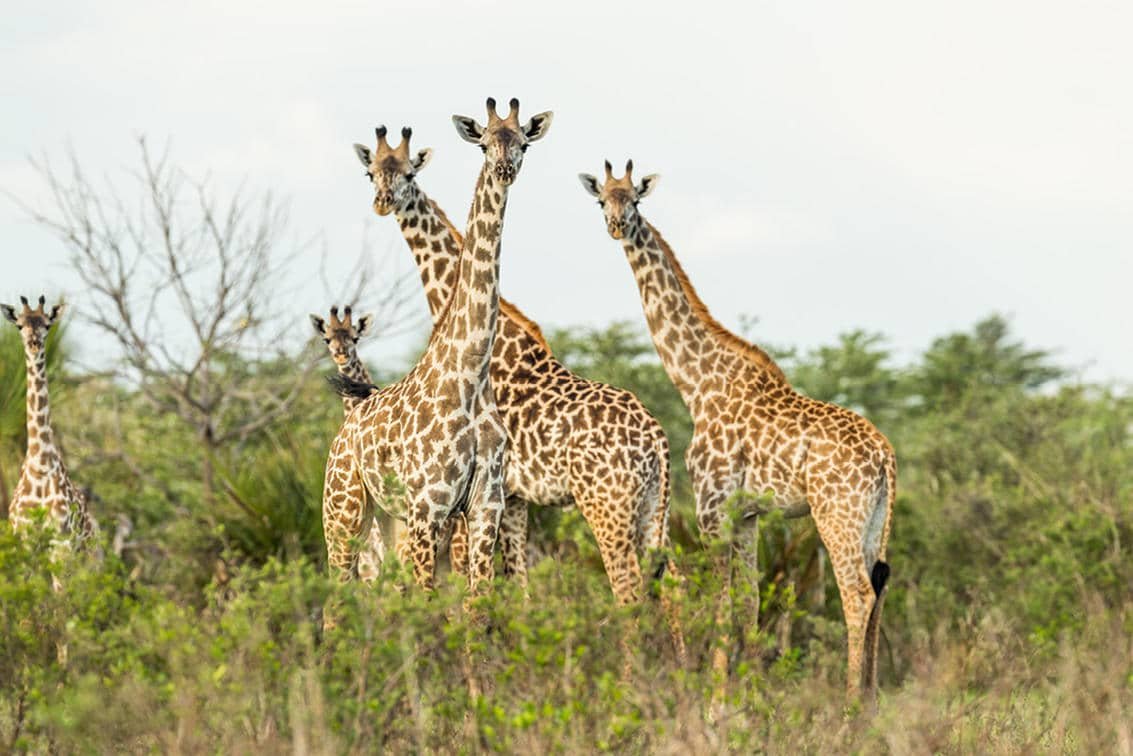
The Serengeti ecosystem is famed for its Great Migration; this is arguably
Road :Accessed from all towns and cities to the present entry or exit points/gates namely Naabi Hill, Seronera, Ndutu, Kusini, Kirawira, Handajega, Ikoma, Tabora ‘B’, Lamai, Lobo, Ndabaka, Machochwe and Kleins.
Air:There are all weather airstrips in the center of the park (Seronera), in the South (Kusini), in the East (Lobo), in the West (Kirawira) and in the North (Kogatende & Lamai). There are scheduled and private charters from Arusha, Mwanza, Kilimanjaro, Musoma, Dar es Salaam and Zanzibar.

The Serengeti ecosystem is famed for its Great Migration; this is arguably the park’s biggest draw. Millions of wildebeests, thousands of zebras, gazelles, and elands move clockwise from the north of Serengeti to the south, the west, and back to the north. These vast herds move in search of green grass and water; they create a seamless spectacle, one of the ultimate of its kind in the world. In addition, it is rumored that wildebeest can smell the rain from thousands of kilometers; this is how they become alert to where there are fresh pastures to go.
June to October is the dry season in central and south Serengeti, so the massive herds are due north, they travel through the western corridor crossing the crocodile-infested Mara River, creating a treacherous spectacle where hundreds of wildebeests are caught and killed by the hungry crocodiles, and this is one of the most naturally entertaining hunts one can see.
December to February is famously known as calving season. The wildebeests move to the now-wet south, and another extraordinary thing happens, the wildebeests have synchronized births! This wildebeest migration is fascinating and unusual, but it is the yearly norm; about 8,000 wildebeests are born daily. This spectacle also attracts predators like lions and leopards, so they quietly move to the enormous herds. They hunt down the wildebeests and claim hundreds of babies and some mothers, too, in the process.
Serengeti National Park, a world-renown, World Biosphere Reserve and World Heritage Site that has many attractions than any other national park in Africa. The Great Migration, The Big Five, Unique Bird Collections, Endangered Species, Highest concentration of Carnivores and Herbivores, Scenic and Spectacular Landscapes are some of the attractions one will encounter!
Serengeti has the highest concentration of carnivores especially all the big African cats such as Lions, Leopards, Cheetah and Spotted Hyena! Seeing these powerful predators hunting and sometimes fighting for the territory all makes your day! Please plan a visit!
Serengeti has more than 28 species of herbivores including buffalos, wildebeest, zebras, elands, hippos and waterbucks. During game viewing spotting herbivores coloring the endless plains while feeding gives you a thrilling experience!
Serengeti is one of the last remaining sanctuary for critically endangered Black rhino (Diceros bicornis michaeli) as well as endangered African hunting dog!
With more than 530 species recorded one quarter being those migrating from other parts of the world, the park form an ecological important bird area and ideal place for bird lovers! Some of the species commonly seen are European and Abdim’s storks, Eurasian Roller, Barn Swallows, Fish & Martial Eagles etc.
Serengeti is home to many cultures from the famous tribes of Maasai, Sukuma, Kurya and Ikoma. Indigenous maasai ,ikoma use to live in parts of the park before they were resettled outside the park. The present signs which are still visible at famous Maasai Rock Painting, Gong rock and Ikoma ruins marks a special combination of game viewing and human history.
The vast scenic and unspoiled landscapes among others made this area recognized as a World Heritage Site by UNESCO. With its vast plains, rolling hills and island of Kopjes increases the beauty of the park.
The park is rich in plant life as well as insects. During the rain seasons the park bust in wild flowers and beautiful butterflies providing exceptional experience to botanists and entomologists.
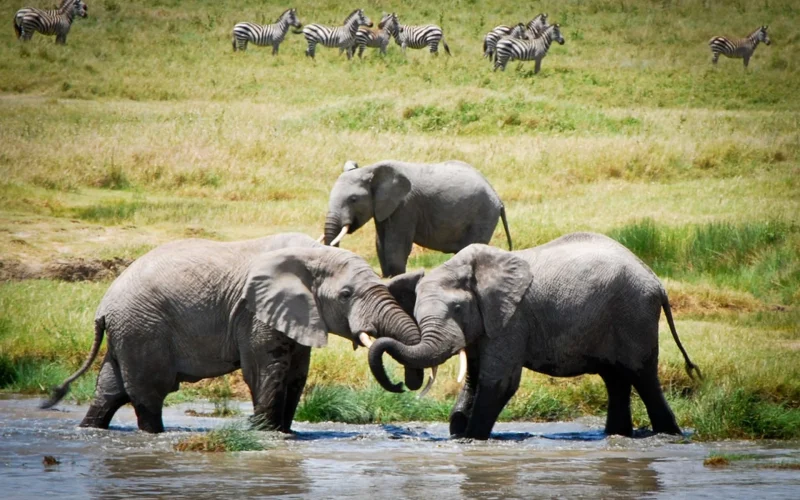
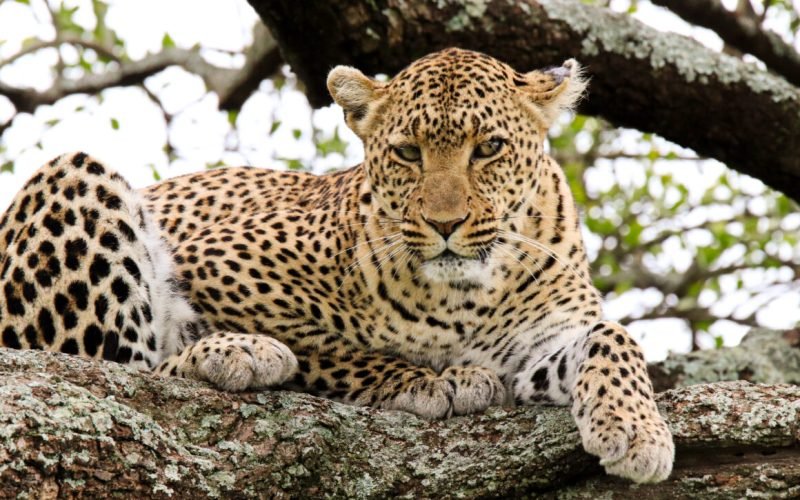
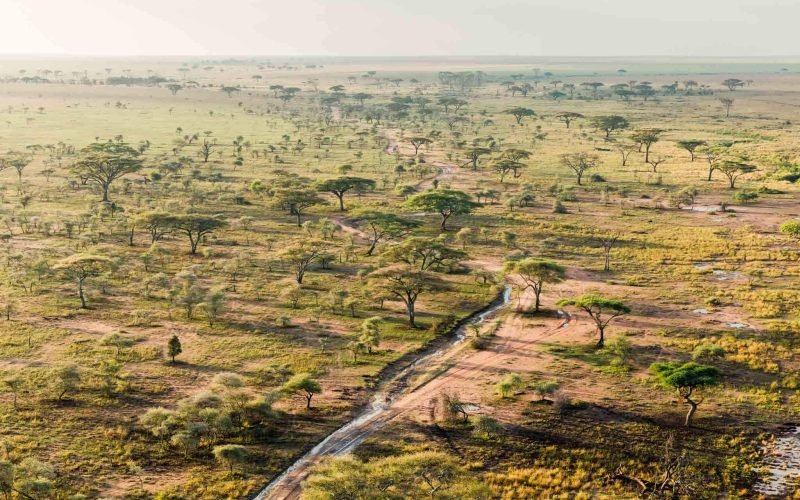
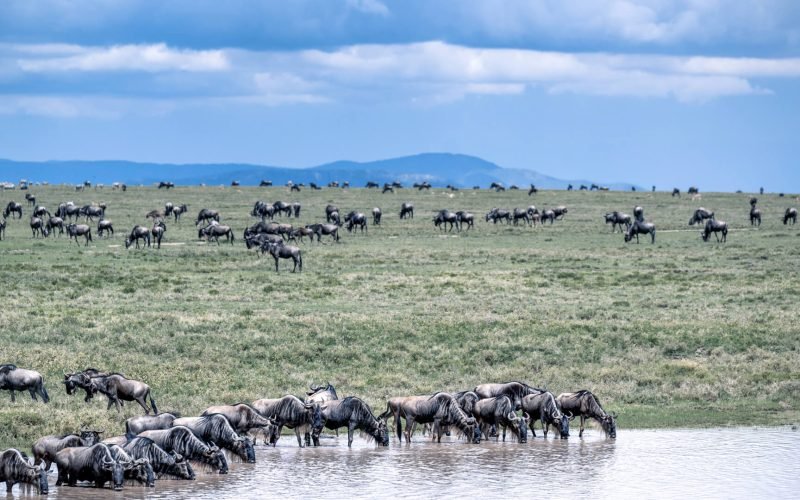

Having unparalleled attractions, Serengeti has a number of tourism activities and opportunities for visitors to get the best wildlife experience! Some of these includes Hot Air balloons, Game Drives, Filming and photographic safaris, Walking safaris, Bush meals and Cultural tourism.
Hot Air balloon which gives visitor a chance to see the park in a different perspective!…. Seeing Serengeti from the top!
This is major tourist activity in the park. It gives the visitors an opportunity to see animal comfortably from their vehicles. Don’t miss come and see!
The park is a perfect place for professional photographing, footages and filming. Come and have a snap!
Having a meal in the middle of the bush while surrounded by animals, the sceneries and the beautiful sky makes the day memorable!
These designated special areas provides a chance for visitors to stretch and see things around therefore come close to nature.
The best way to experience nature is on foot. Serengeti offers opportunity for walking safaris in wilderness and normally accompanied by an armed Park Ranger.

Request a safari quote now and our safari expert will be in touch with you within 24 hours.
Office Location
P.O.Box 14006 , Arusha - Tanzania
+255748384340 +255 763 962 447
+255748384340 +255 763 962 447
Email Address
info@nduwatours.com sales@nduwatours.com
Cash in USD,EUROS & C,DOLLAR
NB: You will receive invoice before payment and you will get a receipt soon after paymnet.


